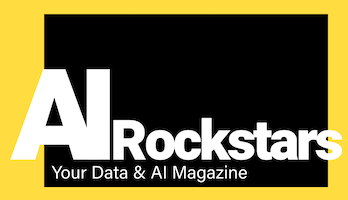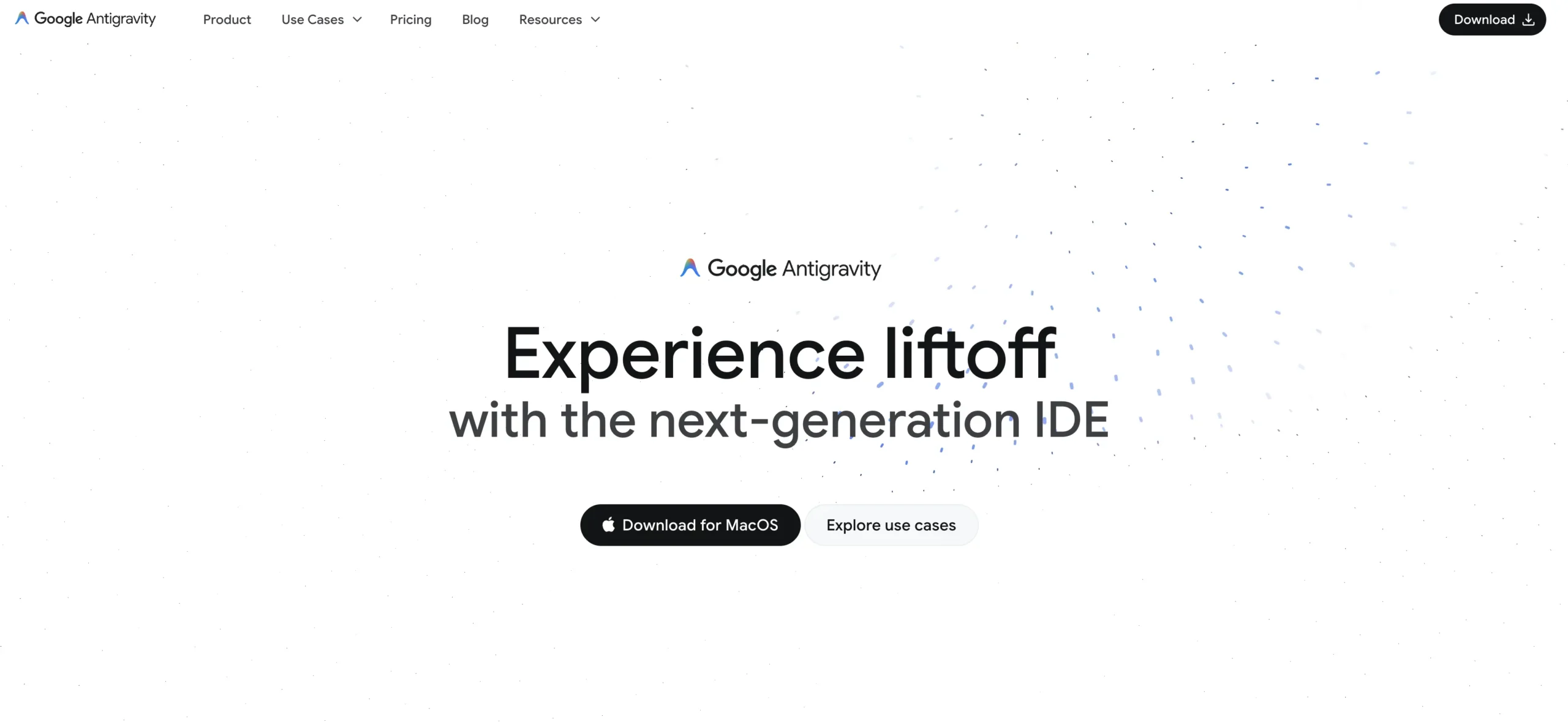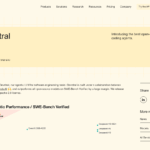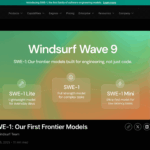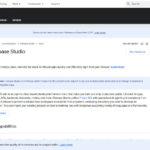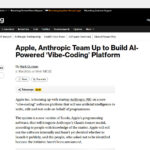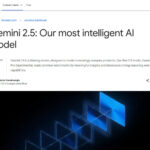Google Antigravity becomes the first fully autonomous AI development platform with Gemini 3 Pro and could change the way software is developed forever.
With Antigravity, Google presents a new category of development tools that positions AI agents not as tools, but as independent team members. Launched on November 18, 2025, the platform uses Gemini 3 Pro as its core technology and achieved top scores on 19 out of 20 key AI benchmarks. Particularly noteworthy: the system can plan, develop and test complex software projects independently – without continuous human guidance.
The platform is based on an agent-first architecture in which several specialized AI agents work simultaneously on different aspects of a project. While one agent develops backend APIs, others can create frontend components or write test suites in parallel. This parallel way of working differs fundamentally from conventional development tools such as Cursor or GitHub Copilot, which continue to view the human developer as the central figure.
The underlying Gemini 3 Pro model processes context windows of one million tokens and scored 76.2% on the SWE-bench Verified benchmark – a test that measures the ability of AI to autonomously solve real-world GitHub issues. This performance significantly outperforms competing models such as GPT-5.1 and Claude Sonnet 4.5.
The Artifacts system creates transparency and trust
A key problem with previous AI coding assistants was a lack of transparency. Developers received code suggestions without understanding how or why the AI made certain decisions. Google’s Artifacts system solves this problem by providing structured, verifiable documentation of all agent activities.
Artifacts include detailed task lists, implementation rationales, screenshots of the development environment, browser session records and test output validations. This transparency is particularly valuable for compliance-heavy industries such as finance or healthcare, where audit trails are required by law. Developers can comment directly in the artifacts and redirect agents during execution without interrupting their workflow.
The system also supports browser-based verification loops: Agents write code, automatically start test environments, observe visual outputs in the browser and compare them with expected results. In the event of deviations, they automatically detect problems and suggest corrections.
Practical performance outperforms established competitors
Independent tests show measurable differences in performance compared to established tools. Antigravity takes about 42 seconds for typical Next.js Supabase backend features, while Cursor takes 68 seconds. In terms of accuracy, Antigravity achieved a 94% success rate for complex refactoring tasks, compared to Cursor’s 78%. The bug introduction rate decreased by 50% due to Gemini 3 Pro’s superior edge case detection.
Particularly impressive are full application demonstrations: the system independently developed a finance tracker with income and expense management, database persistence and user authentication in just 20 minutes from specification to deployable application. These demonstrations show not only code generation, but attention to architectural concerns, testing and visual polish without human intervention.
The pricing structure is also different: while Cursor costs 20-40 dollars per month, Antigravity starts for free for individual developers with generous usage limits that reset every five hours. For teams, pricing focuses on compute usage instead of per seat licensing.
Enterprise adoption faces organizational hurdles
Despite being technically impressive, enterprise adoption is complex. McKinsey’s 2025 AI survey shows: Only 23% of organizations are scaling agentic AI systems enterprise-wide, while 39% are just beginning to experiment. Most limit agent use to one or two business functions.
Key barriers include legacy system integration (60% of AI leaders), risk and compliance concerns, lack of technical expertise and unclear business value. Regulated industries are particularly hesitant due to security and audit requirements. The transition from developer-centric to agent-orchestrated workflows requires cultural and organizational change, not just technical adoption.
An important caveat is shown by recent research: A randomized study by METR with experienced open source developers found that developers with advanced AI tools actually took 19% longer to complete tasks than without AI support. Developers expected 24% acceleration but observed the opposite – but still believed they had become 20% faster. This discrepancy between perception and reality raises questions about real productivity gains.
The most important facts about the update
– Google Antigravity uses Gemini 3 Pro as the first fully autonomous development platform with agent-first architecture
– Multiple AI agents work in parallel on different aspects of the project, while humans become orchestrators and architects
– The Artifacts system transparently documents all agent decisions and enables real-time corrections without workflow interruption
– Performance advantages over Cursor: 38% faster development, 94% vs. 78% accuracy in refactoring, 50% fewer bug introductions
– Free use for individual developers during the public preview, enterprise pricing based on compute consumption instead of seat licenses
– Enterprise adoption slowed by legacy integration, compliance requirements and organizational challenges
– Productivity reality shows mixed results: Studies show 19% slower task completion despite developer perceptions to the contrary
Source: Antigravity Google
